Whether on the road or trails, rapid and safe descending is the easiest way to increase your average speed without any real extra physical effort. Mastering descending, or at least improving, is important if you want to become a more effective all-round bike rider. Here are our top tips.
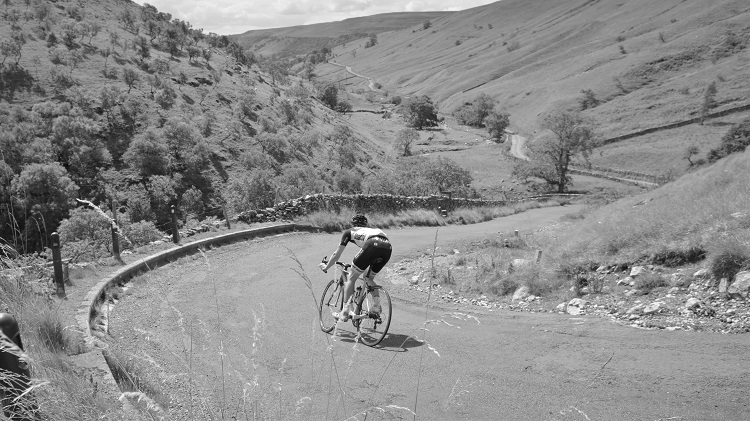
Knowledge
Don’t try to descend quickly on a road you do not know or roads that are busy with other road users. Many accidents in sportives occur when riders who don’t know the local roads over-estimate their abilities down hill. Always be prepared to reduce speed quickly or take avoidance action should a car pull out of a driveway or an animal run across the road. Knowing your bike well and being at one with its handling and how quickly it can stop will also help.
Awareness
At faster speeds while descending, reacting to avoid emergencies requires a lot of awareness and rapid reactions. Keeping your fingers covering or near your brake levers and riding in a neutral position to allow for sudden changes in direction will help avoid most situations. Stay alert.
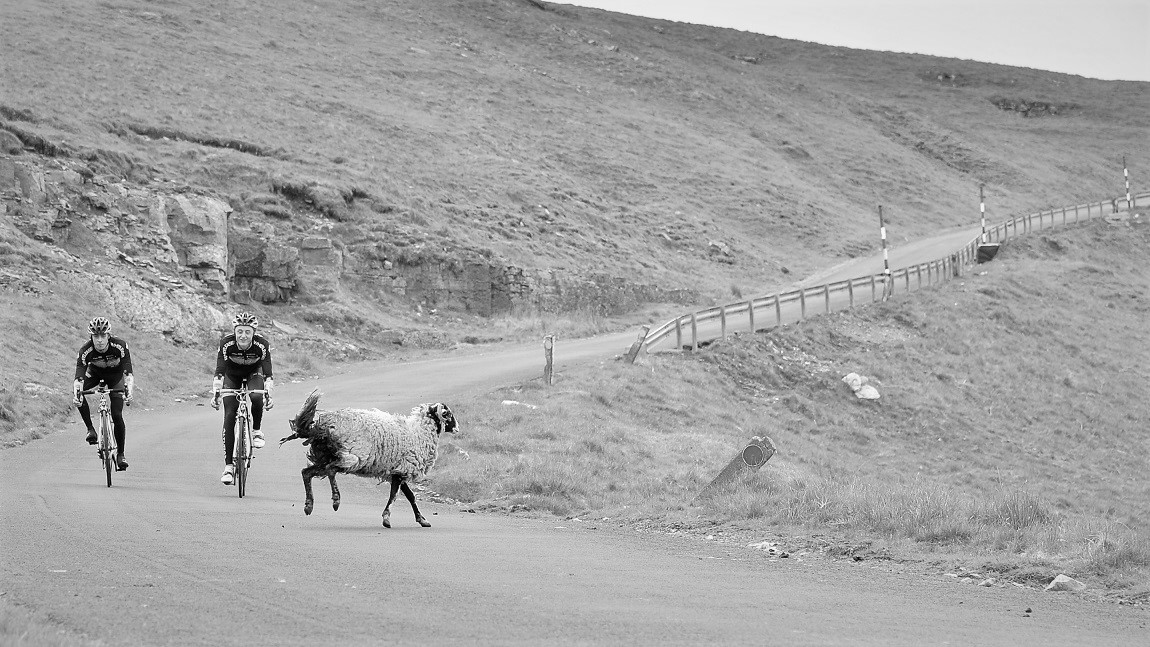
Positioning
Positioning on the road is very important at higher speeds. Make sure there are no cars behind you at the top of the descent. With nothing behind you can fully use your side of the road and also know that, should you need to pull out to avoid a hazard, you can do so safely.
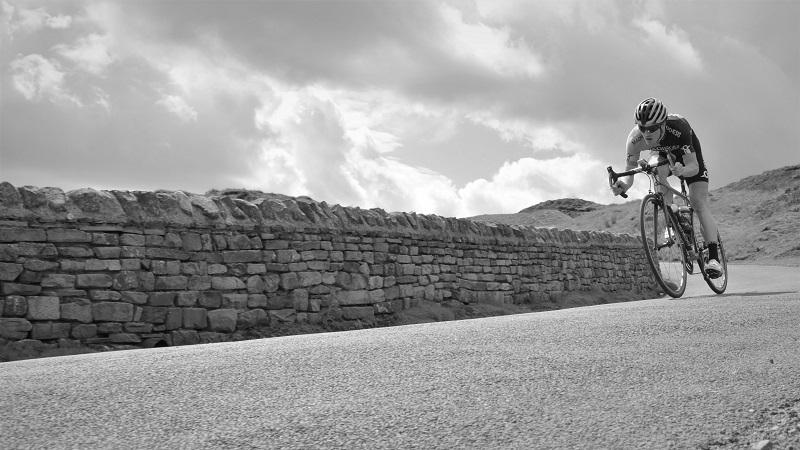
Ooof, aero
Riding in an aero descending position can dramatically increase your speed. Reducing the area of your body which hits the wind will speed you up. It is easy to reduce your frontal aero drag by around 20% while descending. However! The extreme aero positions adopted by Tour De France riders (including pedalling while sitting on the top tube) can be unstable and dangerous on anything less than perfectly smooth roads and without pro rider skills or very low body weight. On descents where you do not need to pedal, having your cranks parallel to the ground (quarter to and quarter past position) will keep you more aero and stable.
Watch In Front
If you are riding with others, keep an eye on the rider in front. Watch how they ride the descent to give you the ‘heads up’ on what lays ahead. Hang back from the rider in front a little, if they make a mistake, you will need to avoid and get around them. Remember to shout out hazards to other riders, just in case they don’t see them.
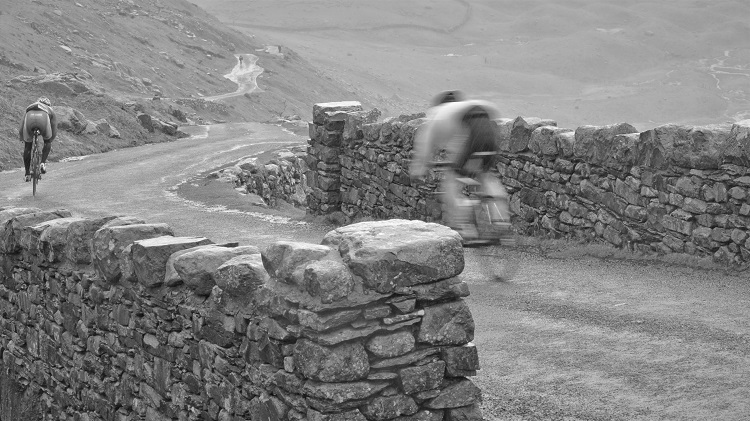
Corner Hugging
The quickest way around a corner on a closed road or circuit is to make it as wide as possible. Approach the corner on the opposite side of the road, cut the apex and then exit as wide as possible – this will allow you to retain as much descending speed as possible. This is all well and good on a closed road or circuit, but in the real world with traffic, obviously much more care has to be taken – stick to your side of the road and watch for traffic behind and in front.
Speed scrubber
Slowing down before corners will allow you to focus on just turning the corner, rather than turning the corner and braking. Through practice you will get to know how much speed you need to drop before each corner, being aware of the exit point of the corner allows you to estimate how much speed you can retain.
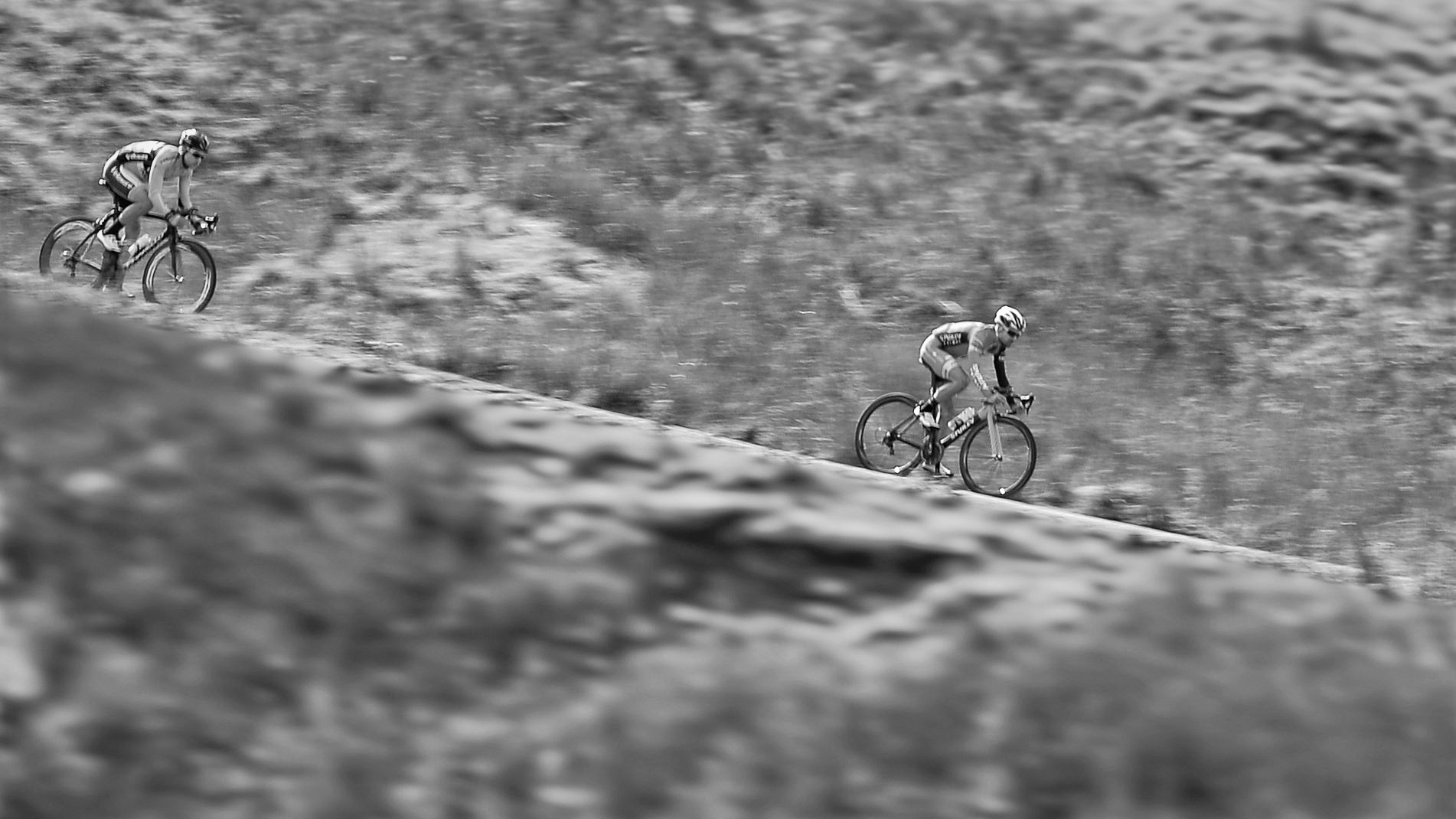
Sit Up, Slow Down
To help slow down quickly before cornering, reduce the demand on your brakes by sitting up and letting the airflow hit your chest to slow you down.
Eyes Peeled
Be super alert, things happen two and a half times quicker at 50 mph than they do at 20mph. Make sure you are ready to react incase any situation arises: Decide quickly the best action to take – a quick bunny hop to clear the danger might be better than stearing around it – which could ruin your line for the next corner.
Top ten things to look out for;
- Holes / road surface joints
- Gravel
- Animals
- Birds
- Oil / Petrol spill
- Other Road Users
- Metal grates
- Leaves
- Junctions
- Car doors
- Water (Streams / Ice in winter)
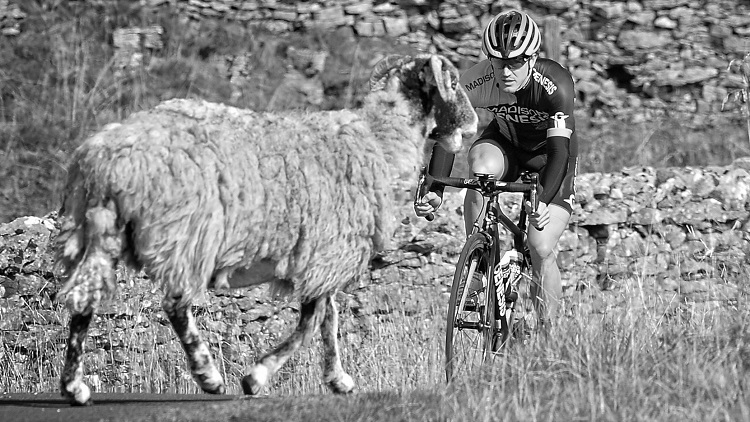
Practise
As with most elements of cycling the more you practice and think about it, the more you will progress. Squeezing the most out, even on smaller descents, is a great way to improve your average speed for the whole ride.
Relax
With your knowledge and well honed descending skills, you can relax and enjoy getting the wind blowing in through the vents of your helmet as the world whizzes by, but remember to stay alert.
